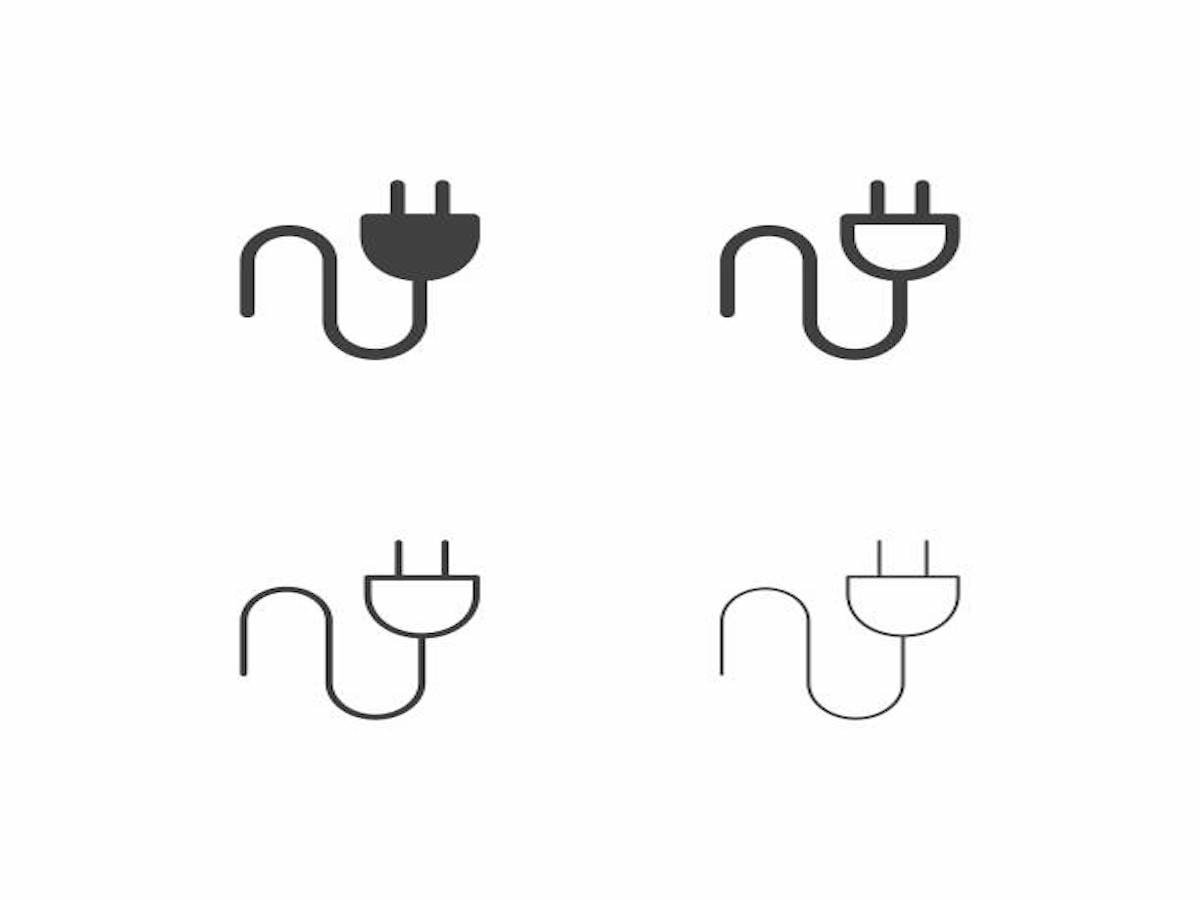Power Plug vs. Power Strip: Which is the Better Option for Your Home??
When it comes to managing the electrical devices in your home, having the right equipment is crucial. Two common options for connecting multiple devices to a power source are power plugs and power strips. While both serve similar purposes, there are important differences to consider. In this article, we will explore the various aspects of power plugs and power strips to help you determine which option is the better choice for your home.
1. Power Plug: Compact and Convenient
A power plug, also known as an outlet adapter or extension cord, is a small device that allows you to connect one or two devices to a power source. It typically has a single or double socket and a plug that goes directly into the wall outlet. Power plugs are ideal for situations where you need to extend the reach of your power source or when you have limited space.
2. Power Strip: Versatile and Expandable
A power strip, on the other hand, is a larger device that includes multiple outlets in a single unit. It usually has a cord that plugs into a wall outlet and provides several sockets for connecting multiple devices. Power strips come in various sizes and configurations, ranging from basic models with four outlets to advanced versions with surge protection, USB ports, and individual switches for each outlet.
3. Number of Devices
When deciding between a power plug and a power strip, consider the number of devices you need to connect. If you only have one or two devices, a power plug may be sufficient. However, if you have several devices, such as a computer, printer, speakers, and a charging station, a power strip with multiple outlets will be more practical.
4. Space Limitations
If you have limited space, a power plug may be the better option. Power plugs are compact and can be easily tucked away behind furniture or in tight corners. On the other hand, power strips require more space due to their larger size and the length of the cord. Consider the layout of your room and the available outlets when deciding which option will work best for you.
5. Convenience and Accessibility
Power plugs are convenient when you need to quickly connect a device to a power source. They are easy to plug in and remove, making them suitable for devices that require occasional use or mobility. Power strips, on the other hand, offer better accessibility for devices that need a continuous power supply. With a power strip, you can easily switch off multiple devices at once when they are not in use, saving energy and reducing the risk of electrical hazards.
6. Surge Protection
If you live in an area prone to power surges or lightning strikes, surge protection is a crucial consideration. Power strips often come with built-in surge protection, which helps safeguard your electronic devices from voltage spikes. Power plugs, unless specifically designed with surge protection, do not offer the same level of protection. Consider investing in a power strip with surge protection if you want to protect your valuable devices.
7. USB Ports and Additional Features
Power strips have evolved to include additional features that enhance their functionality. Many power strips now come equipped with USB ports, allowing you to charge your smartphones, tablets, and other USB-powered devices directly from the strip. Some power strips also offer individual switches for each outlet, allowing you to control the power supply to specific devices without unplugging them.
8. Energy Efficiency
Energy efficiency is an important consideration for many homeowners. Power strips with individual switches offer the advantage of being able to completely disconnect devices from the power source, preventing standby power consumption. This can lead to significant energy savings over time. Power plugs, on the other hand, do not offer the same level of energy efficiency unless you manually unplug the devices each time.
9. Price and Affordability
When it comes to price, power plugs are generally more affordable than power strips. Basic power plugs can be found at a low cost, making them a budget-friendly option. Power strips, especially those with added features like surge protection and USB ports, tend to be more expensive. Consider your budget and the specific features you require before making a decision.
10. Conclusion: Choosing the Right Option
Ultimately, the choice between a power plug and a power strip depends on your specific needs and preferences. If you have limited space, fewer devices, and require occasional use, a power plug may be the better option. On the other hand, if you have multiple devices, need continuous power supply, and desire added features like surge protection and USB ports, a power strip would be a more suitable choice. Assess your requirements and consider the factors discussed in this article to make an informed decision that best suits your home.

